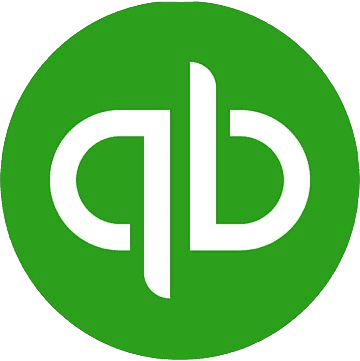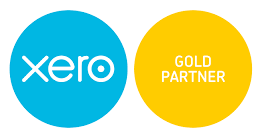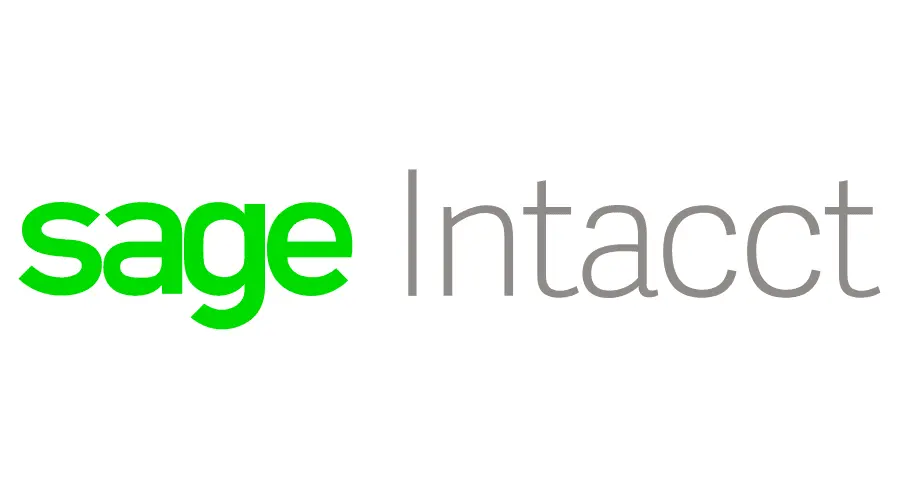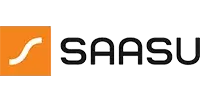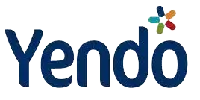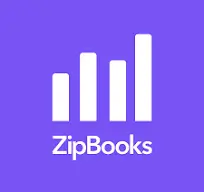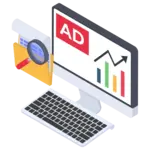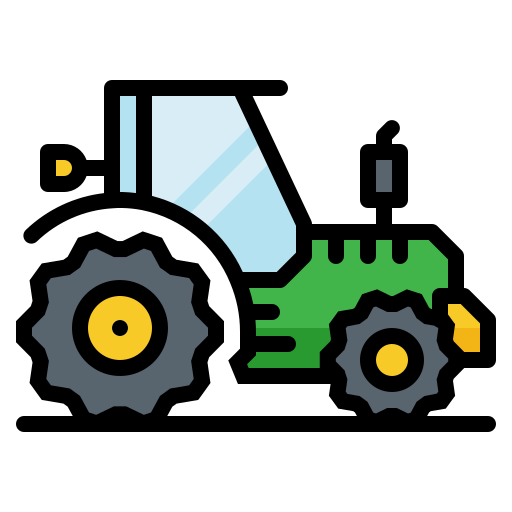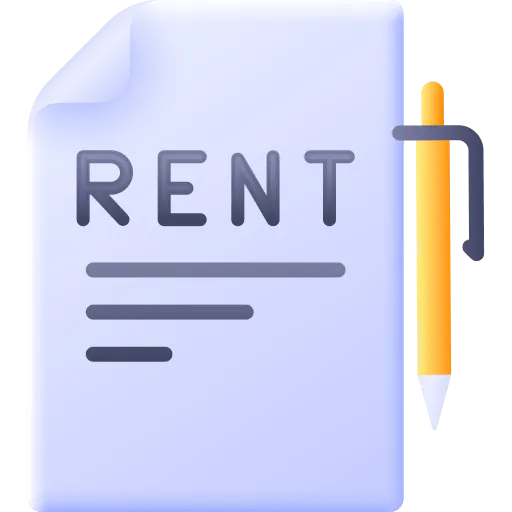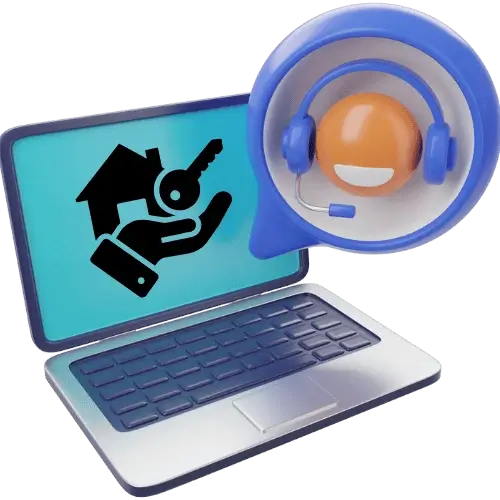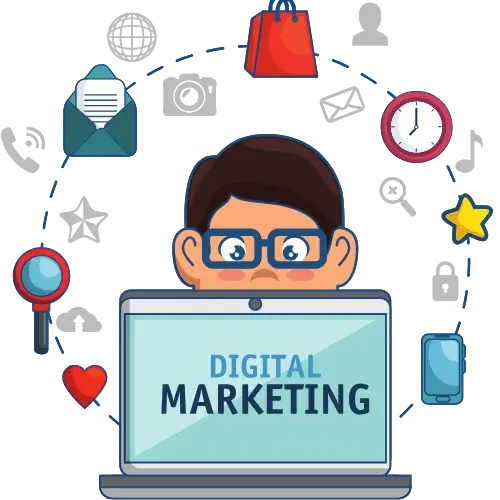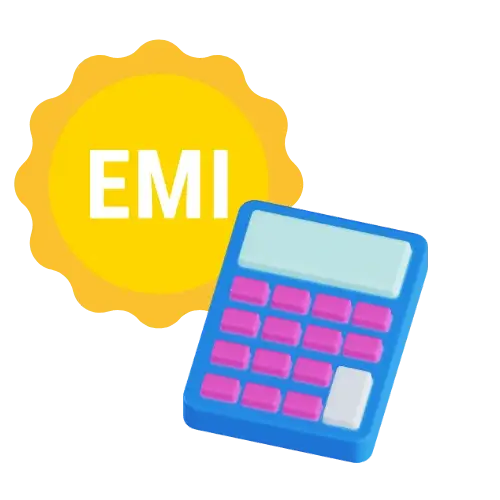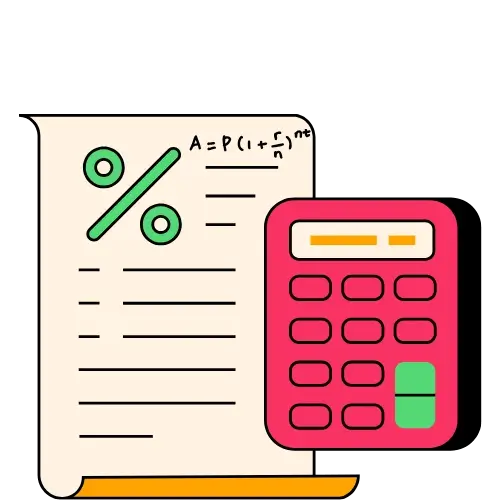Best Way to Assess Accounting Technology
In recent times, wherein we have witnessed many technological innovations and advances with the advent of the 21st Century, being tech-smart has had many of its boons across the world. With that being said, now more than ever, technological advancement in the field of accounting has become a matter of paramount importance. Digital innovation and automation help every accountant by taking over their workload with optimum efficiency. Due to the ongoing nationwide pandemic and Brexit has laid on more deadlines that have compounded a tightly packed schedule for all the hardworking accountants. The significant changes brought on by the pandemic to the continuity chains in the operations of business, trading, and financial processes are now being tackled well by the accounting technology thereby fixing the disruptions in the workflow.
In harrowing times like these, work from home is carried out remotely for which your technological infrastructure must be robust enough to take up the workload, streamline it, and improve the performance level of your workers by showing the real-time data to assess your work efficiency. Therefore, to ensure better performance and no disruptions in your workflow, you must know the best ways to assess your accounting technology.
- Integration with your current system to improve efficiency: The trick to the best way to assess the accounting technology is to determine whether or not it makes your work smarter rather than harder. Ever since the knowledge of technology increased, the accountant’s ability to analyze the tricky parts of the job such as the statistical values has become easier. These advancements have enhanced the accountant’s ability to interpret the data efficiently and effectively. Added to that, the features were made more robust over the years of these advancements, as it led to keeping proper track of the calculations in business and reducing errors by improving the accuracy of the data.
- Delegate your tedious tasks: An accountant’s work is much more detailed and refined which requires automation to improve performance and accuracy. The workflow involves wide-ranging tasks such as the process of identifying, measuring, and communicating financial information and documenting it in the form of paper records, with accurate figures and handwritten statements that have all been optimized by technological improvements. It delegates all the mundane tasks such as uploading bulky files, payroll, auditing, compiling, and sorting through larger chunks of data thereby increasing productivity and utilizing the time saved for other pressing tasks that require creative and critical thinking. It is highly imperative to harness the technological advancements made in the field of accounting.
- Focusing on important tasks and innovation: For an accountant the most pressing tasks could be working on the analysis and tailoring it to fit the needs of their client leaving all the painstaking tasks to the automated server so that their time can be devoted to other important tasks. Digitization has created opportunities to glean newer insights from the data that produce valuable insights, drive results, and create experiences for clients thereby improving internal operations and building in more revenue for the firm. This has also minimized the cost of hardware and utilities such as calculators, ledgers, machines, etc. with the use of electronic spreadsheets resulting in better performance in statistical accounting or forecasting analysis with much greater efficiency.
- Increases visibility: It becomes easier to handle the workload if you improve the visibility of your workflow. You can organize and manage your time with an actively intuitive dashboard providing you with end-to-end visibility of your business workflow to easily prioritize the most urgent plan of action, payroll management, and approvals. This dashboard displays the real-time data thereby empowering you to make a strategic decision, think about collaboration opportunities, and meet the statutory deadlines all in just the right time.
- Remote working through cloud-based systems: Over time, electronic business (e-business) has grown abundantly popular as it allows the accounting firm to coordinate activities of internal management by combining the clients’ relationships by using digital networks. The internal management applications can be used on a small internal network known as the Intranet that can distribute information such as newer corporate policies and programs to employees creating a centralized portal with a single access. You can use a Web interface to spread the information such as internal documents of the code of ethics, emails, and search tools from different systems. Accounting professionals can also establish great communication outside the organization through Web technology by using the creation of an Extranet that allows the clients to gain limited access by linking to a major portion of the accounting firm’s Intranet to import and export files back and forth from different servers. Linking electronically increases efficiency ultimately by reducing operational costs.
These significant changes allow the accounting and finance departments to store and use the data much more effectively. These cloud services provide scalable systems and software to leverage access whenever it is needed. It is a web-based service that is provided over the Internet to permanently store data and use business applications over a remote server. It also frees up space on the firm’s hard drive allowing remote work to be carried out effectively. With the growing advancements, even edge computing has also grown significantly since the computing here does not happen in the cloud, but the computing begins where the data is collected. This is the reason why the adoption of 5G cellular network technology has become the backbone of a smarter world and for you to get better results, you must assess the best accounting technology that your business opts for.


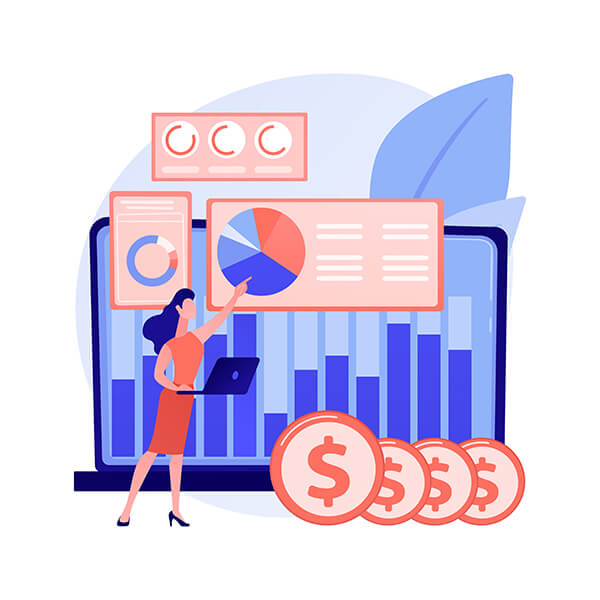



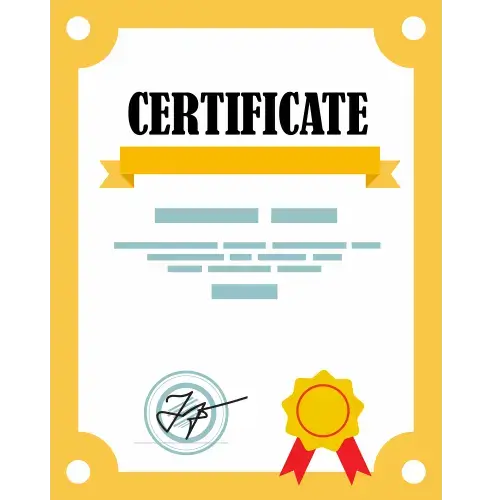




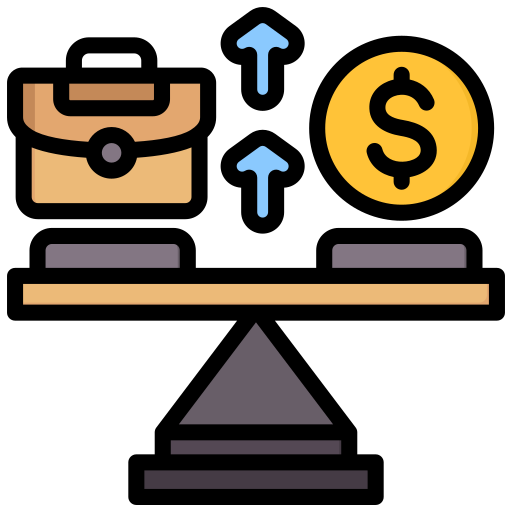
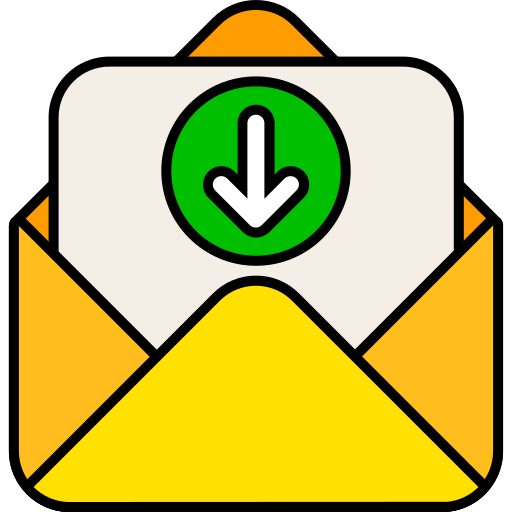
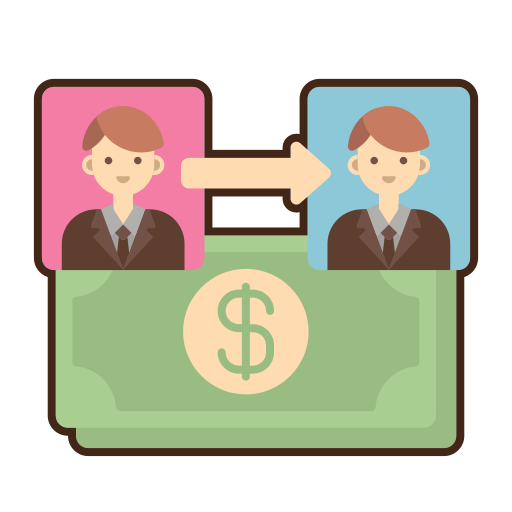



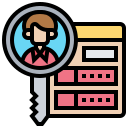

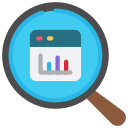
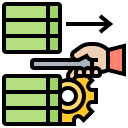
 Company incorporation
Company incorporation